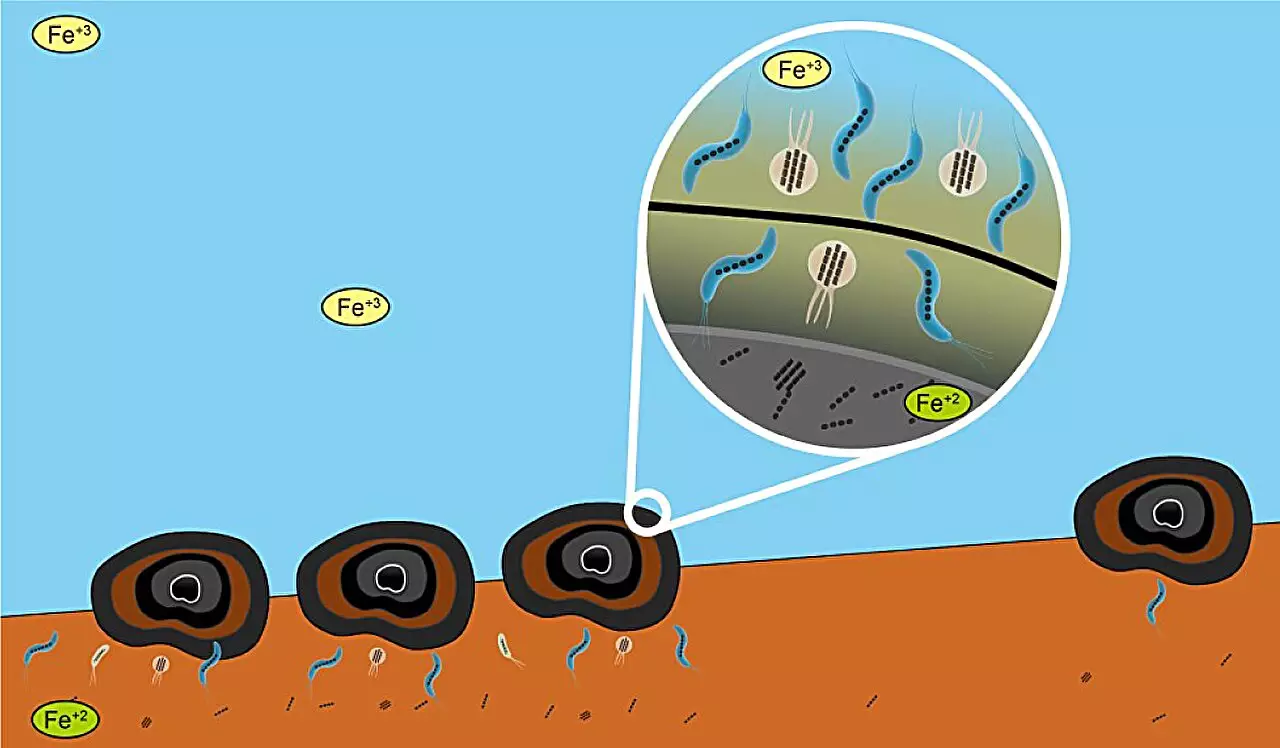Polymetallic nodules are intriguing geological formations found on the ocean floor, resembling potatoes in size but containing rich deposits of valuable minerals including nickel, cobalt, and manganese. Their mineral wealth has captured the attention of the burgeoning deep-sea mining industry, driving a contentious debate regarding the environmental ramifications of extracting these resources. These nodules are not merely formations; they represent a delicate interplay of geological processes, biological activity, and the vital ecosystems they inhabit.
The genesis of polymetallic nodules is a subject of ongoing investigation, with researchers proposing several hypotheses. Most agree that these nodules develop through the gradual precipitation of metallic components dissolved in seawater. However, growing consensus points to a significant role played by microorganisms, particularly magnetotactic bacteria. These bacteria, which have evolved unique magnetic organelles, are crucial as they help inform our understanding of both nodule development and the broader ecological dynamics of the ocean floor.
Key insights into the relationship between polymetallic nodules and microorganisms were recently provided by a study focused on the Clarion-Clipperton Fracture Zone (CCFZ), a region south of Hawaii under the jurisdiction of the International Seabed Authority. The CCFZ is not only rich in mineral resources but also a critical area for understanding the ecological impacts of mining activities. Researchers employed advanced techniques such as vibrating sample magnetometry and electron microscopy on samples collected during a 2013 research expedition.
The findings revealed intriguing connections between different sources of magnetic minerals, which included contributions from windborne dust, volcanism, and biological activity. The presence of biogenic magnetite, attributed to bacteria, was especially pronounced in areas where polymetallic nodules were most abundant. This correlation suggests a synergistic relationship: the nodules may create ideal conditions for microbial growth, which in turn facilitates the biomineralization processes essential for nodule formation.
The revelations from this study are significant, particularly concerning how mining practices could affect not only the resources extracted but also the ecological frameworks of deep-sea environments. The interdependence between nodules and microbial communities highlights the need for sustainable approaches to resource extraction. As industries look to exploit these resources, the potential disruption of microorganisms that play a role in nodule genesis poses questions about long-term ecosystem health in these remote areas.
As society grapples with the demand for minerals critical for technology and sustainable energy solutions, the study of polymetallic nodules offers essential insights into the underwater world and its biodiversity. Understanding the complex dynamics between geological formations and microorganisms is not merely an academic pursuit; it has profound implications for conservation and responsible mining practices. Balancing economic interests with ecological stewardship will be crucial as we enter this new era of deep-sea exploration and potential exploitation.


Leave a Reply